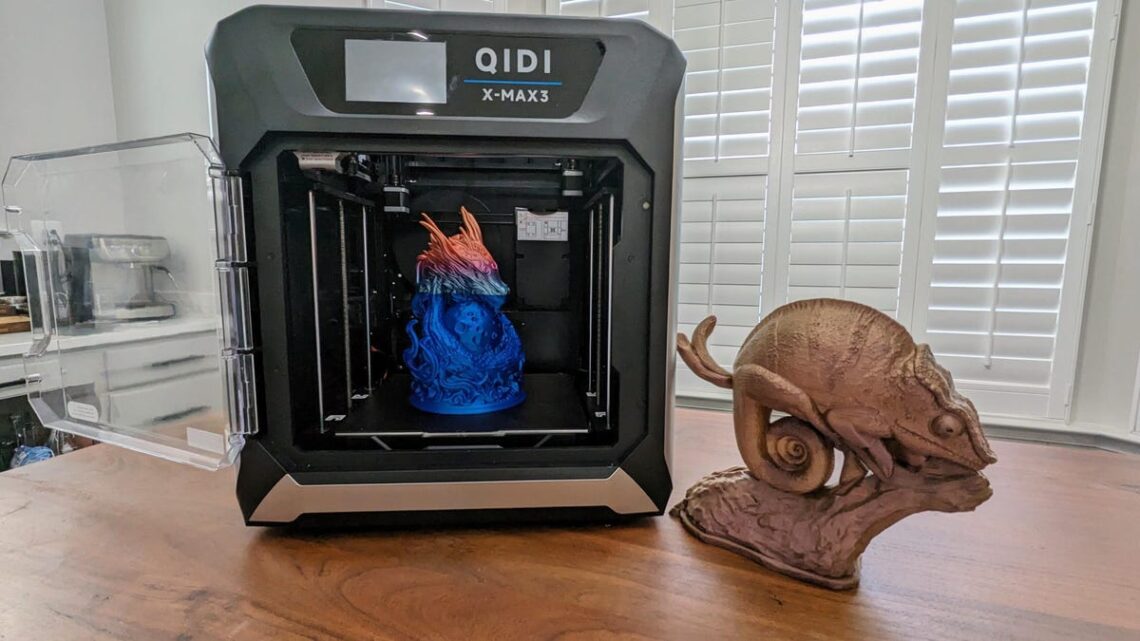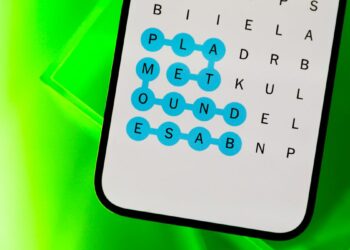Pros
- Fully enclosed
- Great print size
- Incredibly stable
Cons
- No power loss recovery
- Badly placed spool holder
- Fit and finish is lackluster
Most of the best 3D printers have the same build volume — around 250 by 250 by 250mm — but one of the chief complaints about them is that makers sometimes need something bigger. Printers with a large build area offer a lot of advantages over the smaller breed, but they can add complications too. What I want is a bigger print with the same quality as CNET’s favorite printers.
The Qidi X-Max 3 is one such large-format 3D printer, but unlike most on the market, the X-Max 3 is fully enclosed. This makes it better for filaments than run hot, and for keeping small hands away from the heat. While the premise of the X-Max 3 is a good one, the execution falls down in a few key areas.
Qidi X-Max 3 specifications
| Build Volume (mm) | 325 x 325 x 315mm |
|---|---|
| Nozzle type | Copper alloy / Hardened steel |
| Build plate max temperature | 120c |
| Official max speed | 600mm/s |
| Typical speed | 300mm/s |
| Supported material | PLA, ABS, ASA, PETG, TPU, PC, UltraPA, Nylon, PAHT-CF, PET-CF, PA12-CF |
| Connectivity | Wi-Fi / USB |
| Slicer | Qidi Slicer |
Like most fast 3D printers coming to market, the Qidi — pronounced key-dee — uses an operating system called Klipper. Klipper allows for fast printing using several clever calculations and sensors with fun names like “input shaping and pressure advance.” You don’t really need to know what they do, but they’ve been instrumental in the speed increase in this new generation of fast 3D printers. Because the print bed on the Qidi lowers down instead of swinging backward and forward, the platform is stable. This means the X-Max 3 can print at an acceptable 300mm/s while still popping out quality prints.
Unfortunately, Klipper doesn’t natively support power loss recovery, it’s up to the manufacturer to…
Read the full article here






